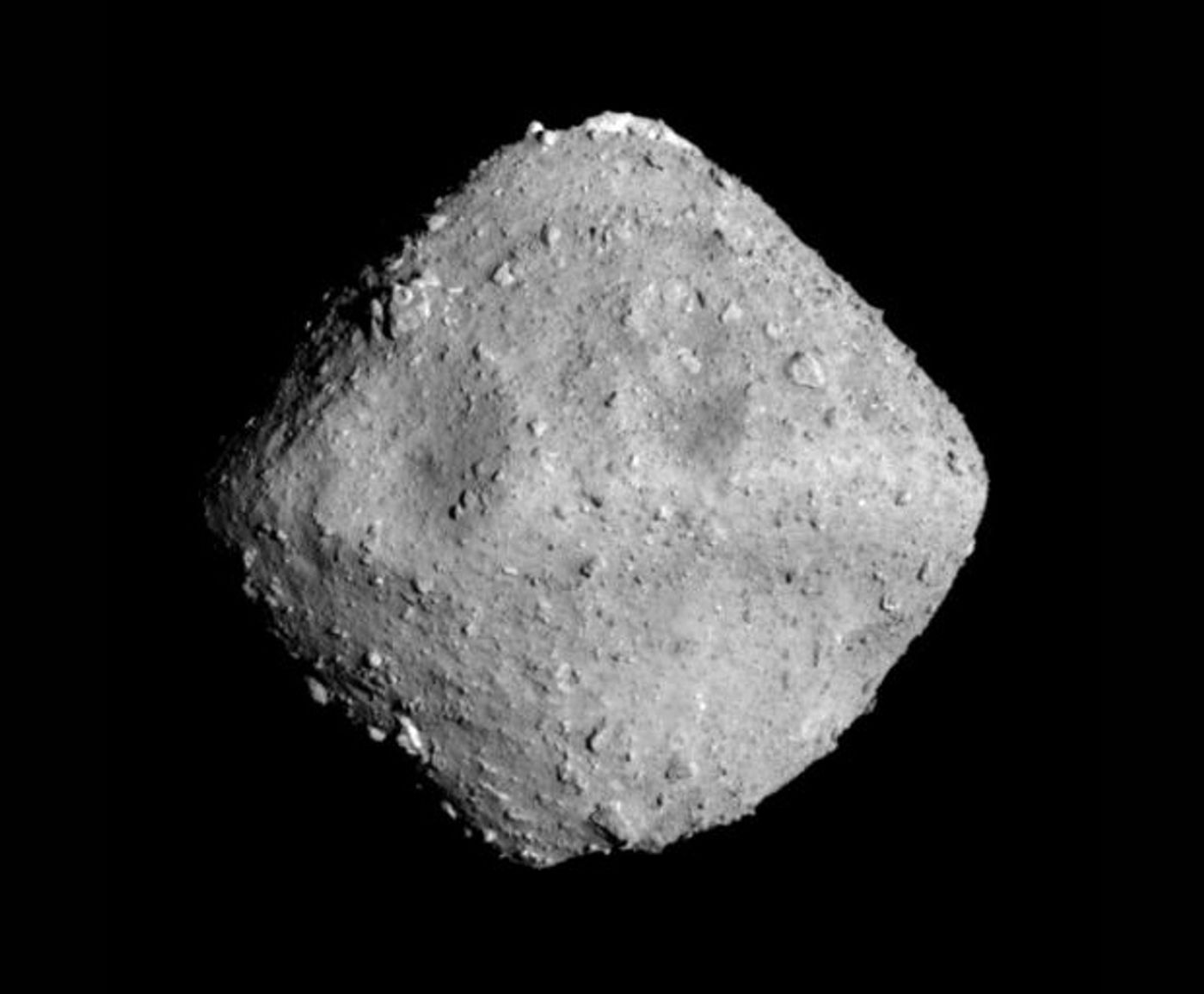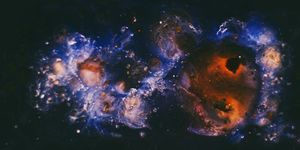First analysis of asteroid Ryugu rocks released
When we think of asteroids, we often envision them smashing into our precious blue world and annihilating all life as we know it. However, asteroids are some of the oldest known objects in our solar system, and these ancient remnants allow us to learn more about the formation of our solar system and bringing us one step closer to solving how we got here in the first place.
Enter asteroid Ryugu, which is a near-Earth asteroid very much capable of annihilating life on Earth should it choose, but for now we’re studying this fantastic world to find answers to how our solar system formed and what’s it could have been made of billions of years ago. The mission in charge of studying Ryugu was Hayabusa2 of the Japan Aerospace Exploration Agency (JAXA), which landed on Ryugu, collected samples, safely returned them to Earth, and scientists have spent the last year-plus studying these samples. Yes, we’ve all seen this movie before, but so far no alien microbes have enslaved us…yet.
Scientists have now begun to announce the first results recently published in Science from the analysis of a handful of dirt that Hayabusa2 managed to scoop off the surface of a speeding asteroid. What they found suggests that this asteroid is a piece of the same stuff that coalesced into our sun four-and-a-half billion years ago.
"We previously only had a handful of these rocks to study, and all of them were meteorites that fell to Earth and were stored in museums for decades to centuries, which changed their compositions," said geochemist Nicolas Dauphas, one of the three University of Chicago researchers who worked with a Japan-led international team of scientists to analyze the fragments. "Having pristine samples from outer space is simply incredible. They are witnesses from parts of the solar system that we have not otherwise explored."
In 2018, Hayabusa2 landed atop Ryugu and collected particles from above and below its surface. After spending a year and a half orbiting the asteroid, it returned to Earth with a sealed capsule containing about five grams of dust and rock. Scientists around the world have been eagerly anticipating the unique sample -- one that could help redefine our understanding of how planets evolve and how our solar system formed.
Scientists are particularly excited because these particles would never have reached Earth without the protective barrier of a spacecraft.
"Usually, all we get to study of asteroids is the pieces that are big enough to make it to the ground as meteorites," said UChicago geochemist Andrew M. Davis, another member of the analysis team. "If you took this handful and dropped it in the atmosphere, it would burn up. You would lose it, and a lot of evidence about the history of this asteroid would go with it. We really haven't had a sample like this before. It's spectacular."
Davis, Dauphas and UChicago colleague Reika Yokochi are all part of a team assembled to help Japanese researchers analyze the samples. Each part of the capsule's contents is being rigorously studied. Yokochi is part of a team that is analyzing the gases that were trapped in the capsule or in the dirt. Dauphas and Davis are part of a team that is studying the chemical and isotopic compositions grains to reveal their history.
Scientists said the fragments show signs of having been soaked in water at some point. "One must picture an aggregate of ice and dust floating in space, that turned into a giant mudball when ice was melted by nuclear energy from the decay of radioactive elements that were present in the asteroid when it formed," said Dauphas. But surprisingly, today the rock itself appears to be relatively dry.
Using radioisotope dating, they estimated that Ryugu was altered by water circulation only about five million years after the solar system formed.
These findings are particularly interesting to researchers because they hint at similar formation conditions between comets and some asteroids such as Ryugu.
"By examining these samples, we can constrain the temperatures and conditions that must have been occurring in their lifetimes, and try to understand what happened," Yokochi explained.
There you have it, folks! We’re studying rocks that existed only a few million years after the formation of our solar system. How awesome is that? What further results will scientists make the early history of our solar system? Only time will tell, and this is why we science!
As always, keep doing science & keep looking up!
Sources: NASA Solar System Exploration, Science









